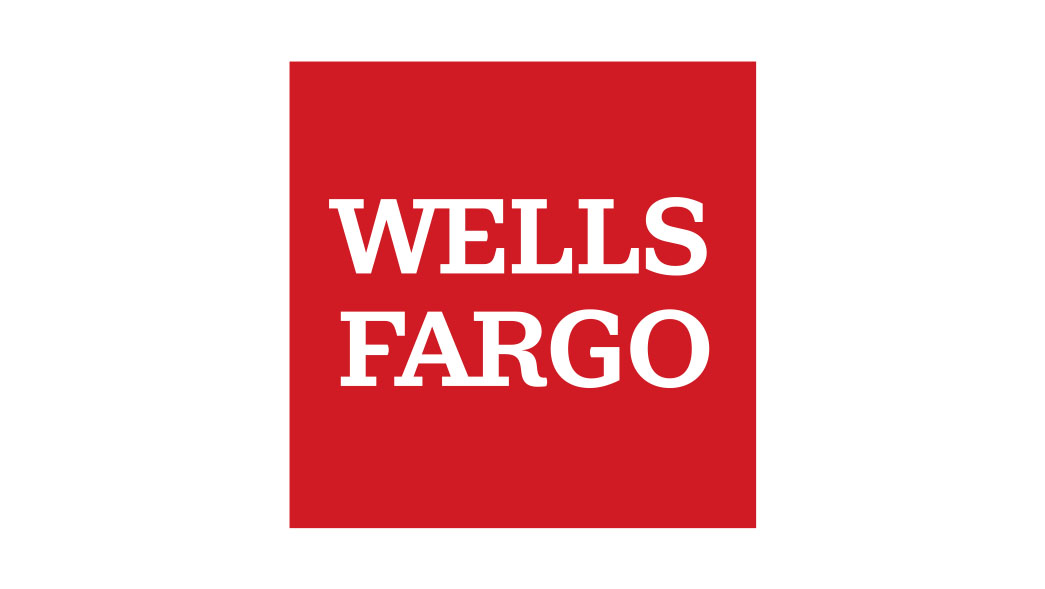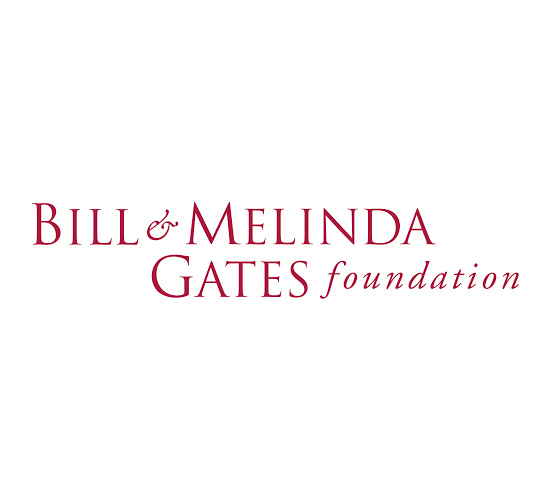Sponsored by JPMorganChase
For many Black, Hispanic and Latino families, as well as other cultures, multigenerational living is a cherished aspect of home life. It can also be good for your family’s overall wellbeing.
Research indicates there can be financial benefits to multigenerational living, and when executed intentionally, having multiple family members under the same roof can potentially help improve health outcomes, reduce loneliness for older adults and bolster educational outcomes for children.[1]
While multigenerational living has many positives, it also comes with a unique set of financial matters and planning needs. From saving and budgeting to dividing costs and estate planning, navigating the financial landscape of a multigenerational home calls for foresight and strategy.
Below are some financial considerations for people living in multigenerational households and those considering moving in with family members.
Helping to build family wealth
In a 2022 study, the Pew Research Center found people in multigenerational households were less likely to live in poverty,[2] and some multigenerational households had more earners than the non-multigenerational households, which can help provide a safety net in case someone loses a job. It can also encourage homeownership — 14% percent of all home buyers in the study said their purchase was motivated by a desire to accommodate multiple generations in their family.
Having diverse financial needs
Savings and budgeting plans can be more complicated because of the wide range of ages among family members. Seniors might require more for health care and retirement, for example, while children can bring daycare and tuition costs. Be flexible with your planning to accommodate different saving and budgeting needs and set short- and long-term goals for your savings with all generations in mind.
Expenses should be handled with fairness and equity
Multigenerational households have to ensure fairness by dividing costs such as mortgage or rent, utilities, groceries and household expenses based on each member’s financial capacity and usage. A sense of transparency can be maintained among family members by openly discussing financial contributions and expenses.
Find balance between cultural values and financial health
Cultural traditions and familial structures can also play a significant role in money management, and it’s important to consider how multigenerational living can impact family wealth. Cultural heritage can shape financial attitudes and practices within multigenerational households, including saving habits, investment strategies and perceptions of wealth. Understanding how your cultural values connect to your beliefs and practices related to money can be essential for effective financial management within diverse family structures.
Communication is key to managing conflict and disagreement
The more people living in a home, the more likely they’ll face conflicting financial priorities. Navigating disagreements over spending habits and adapting to changing income levels or unexpected expenses are necessary to maintain financial stability in multigenerational households.
Future planning is vital
Estate plans should be tailored to accommodate the financial needs and goals of each generation within the household and strategies should be developed for transferring ownership of businesses or properties to ensure continuity and preserve the family’s legacy. Make sure to compile essential legal documents — including wills, trusts, powers of attorney and health care directives — to outline the distribution of assets and clarify end-of-life wishes.
The bottom line
Multigenerational households can foster financial harmony and wellbeing by accounting for their individual financial goals and their shared responsibilities. Family members should be clear about plans, needs and expectations to promote financial stability and satisfaction for all. Communicating about these issues early can help avoid tension later on.
By addressing these considerations holistically and prioritizing open discussion and collaboration, multigenerational households can build a solid financial foundation, helping them achieve prosperity and security for their family members now and in the future.
Read more about financial considerations for multigenerational households here on chase.com/theknow.
J.P. Morgan Wealth Management is a business of JPMorgan Chase & Co., which offers investment products and services through J.P. Morgan Securities LLC (JPMS), a registered broker-dealer and investment adviser, member FINRA and SIPC. Insurance products are made available through Chase Insurance Agency, Inc. (CIA), a licensed insurance agency, doing business as Chase Insurance Agency Services, Inc. in Florida. Certain custody and other services are provided by JPMorgan Chase Bank, N.A. (JPMCB). JPMS, CIA and JPMCB are affiliated companies under the common control of JPMorgan Chase & Co. Products not available in all states.
© 2025 JPMorgan Chase & Co.
[1] AARP, “Multigenerational living.” (2024).
[2] The demographics of multigenerational households.” (March 2022).










